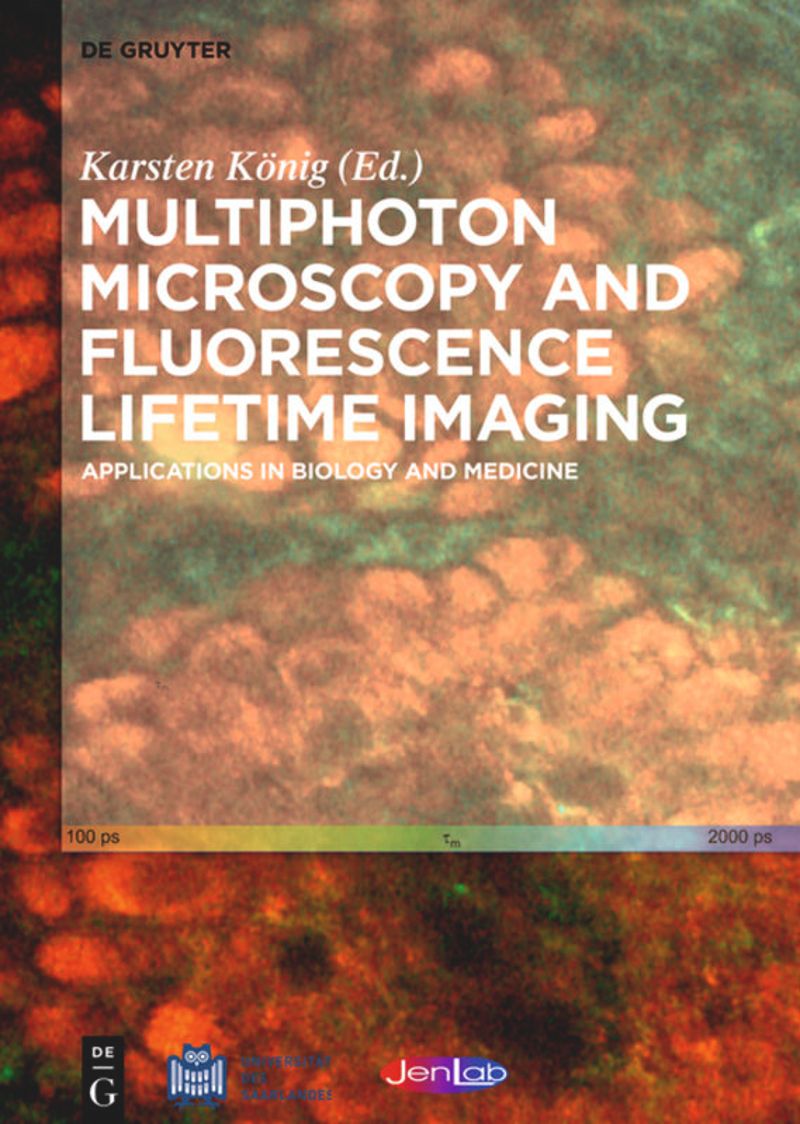
Book Chapter in Karsten König, Multiphoton Microscopy and Fluorescence Lifetime Imaging, De Gruyter 2018
Abstract: A fluorescence lifetime imaging (FLIM) technique for application in biology has to combine high photon efficiency, high lifetime accuracy, resolution of multi-exponential decay profiles, simultane-ous recording in several wavelength intervals, high spatial resolution, and suppression of out-of-focus fluorescence and scattered light. We will show that the combination of multi-dimensional time-correlated single photon counting (TCSPC) with confocal or multiphoton laser scanning meets these requirements almost ideally. FLIM by multi-dimensional TCSPC is based on scanning the sample by a high-repetition rate pulsed laser beam and the detection of single photons of the fluorescence signal returning from the sample. In the simplest case, each photon is characterised by its time in the laser pulse period and the coordinates of the laser spot in the scanning area in the moment its detection. The recording process builds up a photon distribution over these parameters. The result is an array of pixels, each containing a full fluorescence decay curve in a large number of time channels. TCSPC FLIM has got a new push from the introduction of 64-bit data acquisition software. Due to the large memory space available in the 64-bit environment FLIM can now be recorded at unprecedented pixel numbers. This allows a large number of cells to be imaged simultaneously under identical experimental condi-tions. The technique can further be extended by including additional parameters in the photon distri-butions. Such parameters can be the wavelength of the photons, additional spatial coordinates, the time after a stimulation of the sample, or the time within the period of an additional modulation of the laser. These advanced techniques can be used to record lateral mosaics of FLIM images, FLIM Z stacks, multi-wavelength FLIM images, images of physiological effects occurring in the sample, and to simultaneously record fluorescence and phosphorescence lifetime images.
The entire book can be downloaded via open access.
